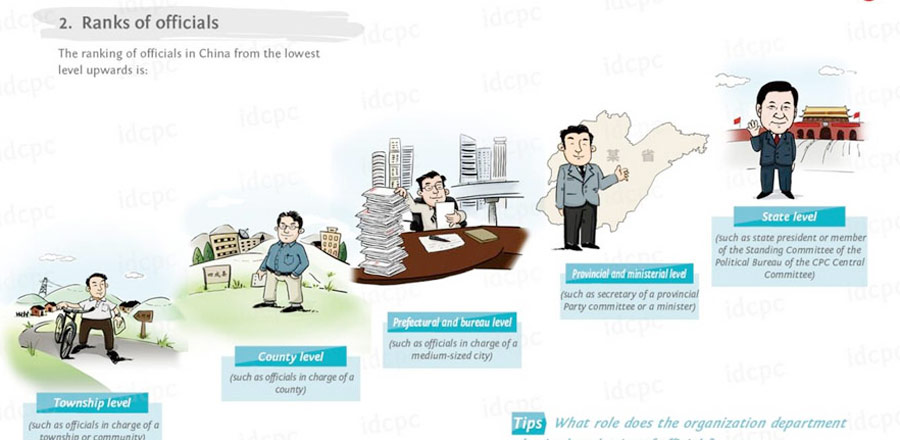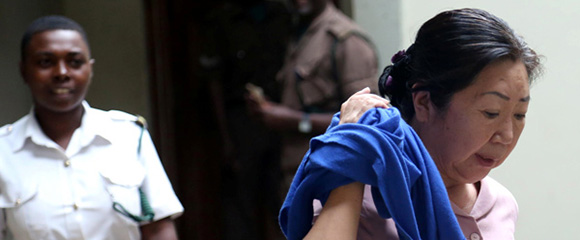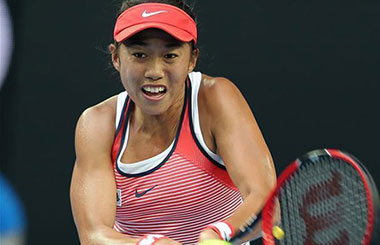
 |
|
Chinese students take part in the first examination of the national college entrance exam, also known as gaokao, at a school in Guiyang city, southwest China's Guizhou province, on June 7, 2014. [Photo/IC] |
With less than one month before the national college entrance examination, the news that Jiangsu province would offer some of its college enrollment quota to students from less developed regions created panic among students and parents in the East China province.
The education authorities later stated that the 38,000 university places being offered to students from the central and western regions would not mean fewer students from the province would be enrolled in colleges.
Both the education authorities and some media outlets are responsible for the angry response to the news, as the former failed to give a clear explanation about the reform, while the latter misinterpreted it.
Lacking a detailed explanation about the change, many parents and students assumed it would mean the quota for students from the central and western regions would be at the expense of children in Jiangsu.
The education authorities should have made clear when they released the news that only 9,000 of the 38,000 students will be recruited as undergraduates, and the remainder will be enrolled for junior college education and vocational training.
Jiangsu's actual college enrollment quota from the province may only be reduced by 5,000 at most, and the reduction for key universities may be only 2,000 to 3,000, with colleges in other provinces recruiting more students from Jiangsu province to compensate for this.













